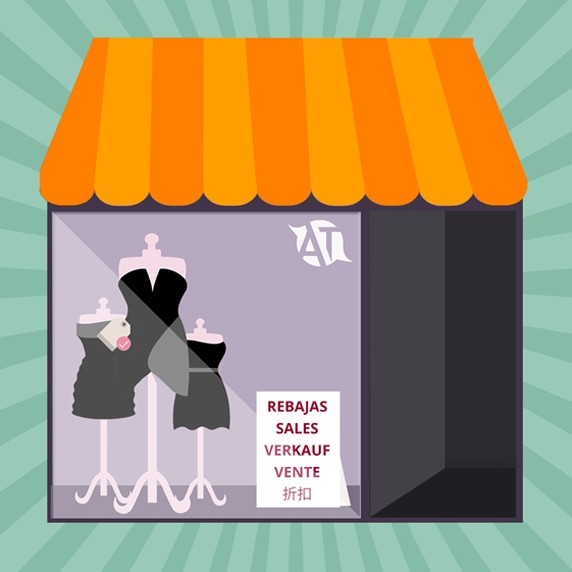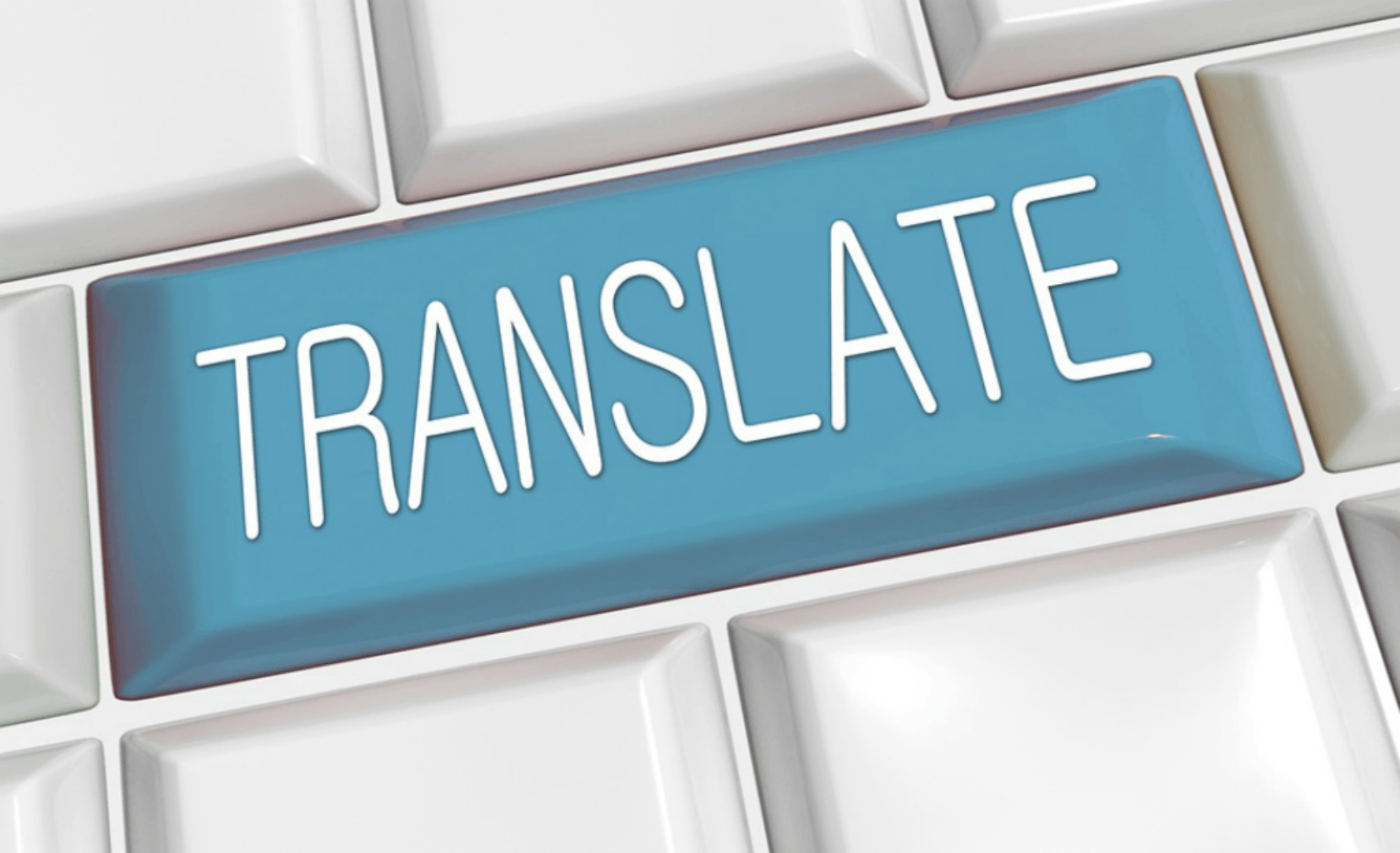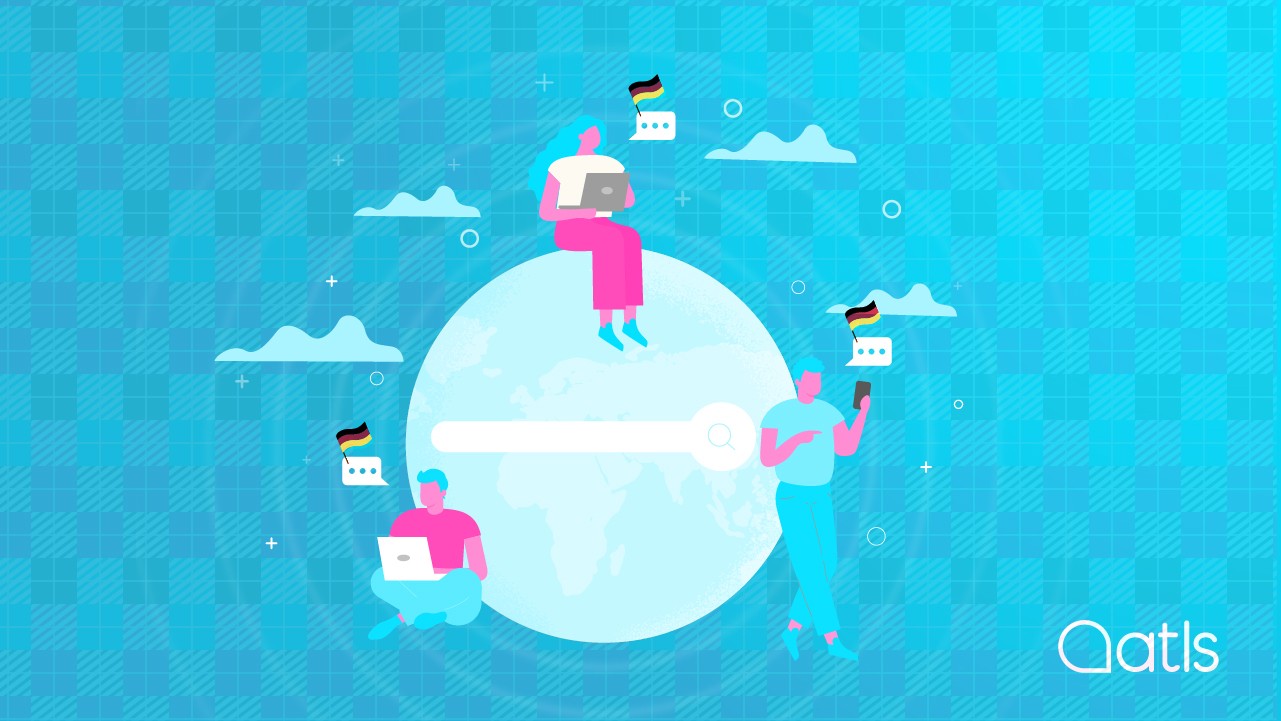Translating your visual merchandising to boost your sales

As we've discussed before, your website is what shapes your customers' first impression of your business and showcases what you have to offer. The content we put out there has to draw the customer in, so it's important we take great care over the details. In recent weeks we have focused heavily on the online shop and we haven't highlighted the physical establishment, which, in the majority of cases, is the foundation of a business's sales. As is the case with the website, the brick and mortar shop needs to be attractive and localized for all users. Today we're going to look at how translating visual merchandising displays helps boost your business's sales.
What is visual merchandising and what are its benefits?
Visual merchandising is a marketing strategy that uses all the possible sensory elements in the physical shop (lighting, music, smells, colours...) to make the space as inviting as possible and bring out emotions that appeal to the customer, drawing them to come on in and purchase.
Companies use it to achieve these two goals:
- To reflect the brand's values: what differentiates one brand from another are its values and how it conveys them to its public. Visual merchandising must reflect these values, which is why the job of the person responsible for the interior decor of the shop must be meticulous and with great attention to detail so as to embody these abstract ideas and convey the brand image perfectly.
- Boosting sales: if we know our target audience's tastes, and we adapt them to the physical space, we will succeed in attracting the right customers and thus boosting sales. For example, Bershka customers are young people who like to go out at night, so their stores always use loud music and showy lights. The brand Rituals, on the other hand, appeals to people who are looking to relax; their stores use dim lighting and play mellow chill-out music. By using these two elements, each business draws in and holds onto its target audience.
Translating to reach more customers
So, we've looked at the importance of knowing the tastes of our audience and adapting our messages to our physical space. This applies to languages too. Shopping is among the most popular holiday passtimes, which means that customers speak a variety of languages, so it's logical that the content on our visual merchandising displays be adapted to them. This isn't just the case for local shops; multinationals also translate and transcreate content to display in their stores around the world and to appeal to every user, wherever they are.
Here are some examples of content that should be translated if we want to help make those sales:
- Product description and prices: in some establishments we can find a product feature descriptions, particulary in the case of complex or technological products, such as computers. This type of item is frequently purchased by tourists, as many take advantage of the currency exchange and tax saving which makes it more affordable for them than buying it back home. The floor staff in this type of store have IT and tech expertise, but they don't always speak multiple languages. If the product description is translated into more languages, the sale will be more likely to happen.
- Special offers and promotions: Another strategy that is becoming very popular for shops is to offer in-store discounts. The aim is to ensure that the customer signs up with their email address to get an instant discount. This enables the company to expand its database with new leads. If we know that customers from all different countries are likely enter our establishment, it's best that we adapt and translate the terms and conditions and description of these special offers into their languages to help them understand, without the need for a go-between, and thus secure their subscription. In addition, this type of offer encourages ongoing purchases since the registered customer will receive e-mails with future offers (ideally, also translated into their language for greater effectiveness).
- Advertising screens: Many companies use this type of display in store to showcase their products, offers, advertisements or videos. Screens are another part of visual merchandising and can really catch the customer's attention. These screens show a lot of additional information that may be of interest to the customer as they browse, so the content should be displayed in their languages to help them understand it.
- Advertising slogans: Many brands have a slogan or leitmotif that sums up the brand's main values in very few words, often very abstractly. They are usually short and original sentences that can prompt brand association just by seeing or hearing them. Translating a slogan is much more complex than any other content due to the highly tuned-in meaning and multiple cultural connotations it may have. This is why, in these cases, the use of transcreation is recommended, as opposed to translation. Slogans must be impactful and convey the conceptual charge in the same way in all languages in order to be effective.
Today we have seen that even in places where we least expect translation to be significant, it can be a key factor in attracting more customers and increasing sales. We will never tire of repeating that to reach your target audience, all you content must be adapted to their native languages, since even the smallest detail can influence the customer's decision to choose your product or service over the competition.
At AT Language Solutions we have a team of over eight thousand specialized translators in your sector to ensure that your message is properly translated and correctly conveyed to the end customer. If you have any questions about which method is best for your business, you can contact us and we'll help you find the best solution for your needs.




